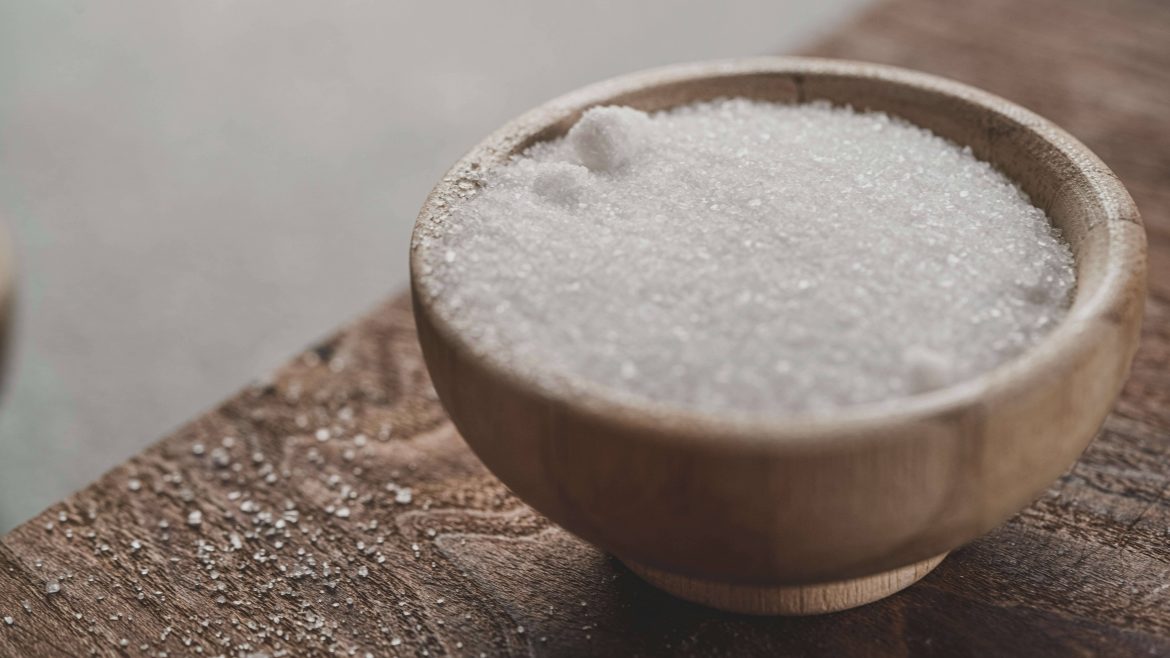Salt is one of, if not the most essential, ingredients in your kitchen when you’re cooking. A little too much of it or a little too less can totally alter the taste of your dish. Similarly, if not handled with care, it can lose its essence very easily or tend to clump up if it is hit even with the tiniest amount of moisture, especially on damp winter mornings when the air’s full of moisture.
Over the years, I’ve tried all sorts of fixes, and I’m here to share the six smartest tricks I’ve collected to keep your salt dry, free-flowing and ready to sprinkle on everything from roast veggies to a simple avocado toast.
How to keep salt from clumping in winter:
1. A handful of uncooked rice
This is my go-to hack. Just pop a few long grains of rice into your salt shaker or jar and let them do their thing. Rice is a natural moisture magnet, so it soaks up any dampness before it can turn your salt into one big lump. I use about a teaspoon of rice for every couple of tablespoons of salt.
2. A bed of dried parsley
If you want a little fragrance with your functionality, try layering dried parsley at the bottom of your container. It helps absorb moisture and gives your salt a whisper of fresh, herbaceous aroma—perfect when you’re cooking up winter stews or sprinkling over roasted potatoes.
3. Coffee beans
Coffee lovers, this one’s for you. Tuck a few whole coffee beans into your salt container. They won’t flavour the salt, but they will help keep it dry, and you’ll get a subtle coffee scent each time you open the lid, which is a lovely bonus on chilly mornings.
Read more: 5 substitutes to lower your salt intake
4. Toothpick trick
This might sound strange, but toothpicks are actually great little moisture traps. Stand a handful upright in your salt jar—no need to snap them up—and let them do their work. It’s especially handy if you’ve run out of rice or beans.
5. Dried beans as an alternative
If you’re worried about the coffee bean idea affecting taste, swap in dried white beans or kidney beans. They’re equally hygroscopic (that’s fancy talk for “moisture-loving”) and won’t change the flavour of your salt at all.
6. A few cloves
Finally, for both function and fragrance, drop in a few whole cloves. They add a warm, spicy note to your salt—nice if you’re jazzing up your winter baking or seasoning a glaze for ham.
Beyond these tricks, always store your salt in an airtight glass, ceramic or wooden container. These materials let just enough air circulate to keep moisture at bay, unlike plastic or metal, which can trap dampness or even introduce unwanted flavours (or rust!).
With these simple tips, you’ll never have to chip away at a hardened salt brick again—just pinch, sprinkle, and savour.
ALSO SEE: HOW TO MAKE YOUR OWN FLAVOURED SALTS AT HOME
Image: Pexels

